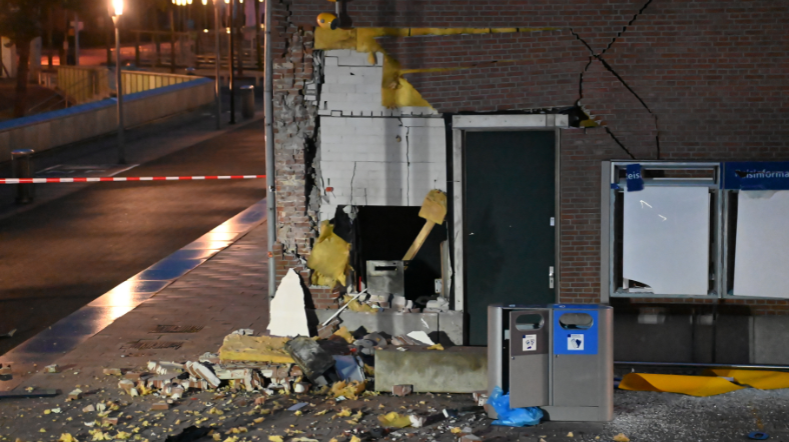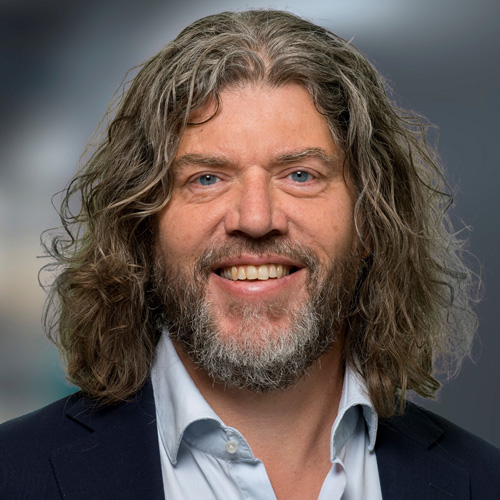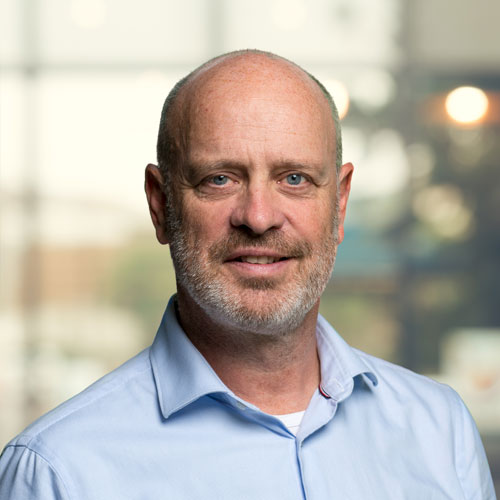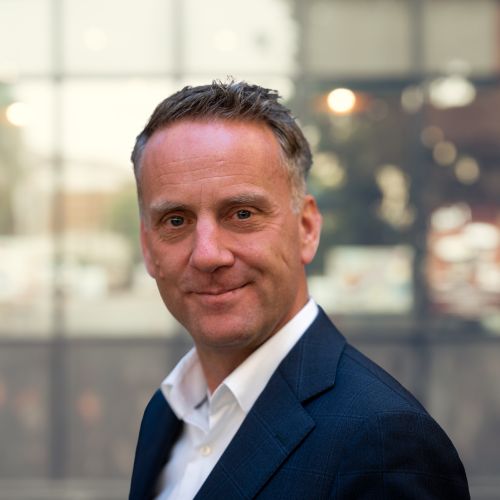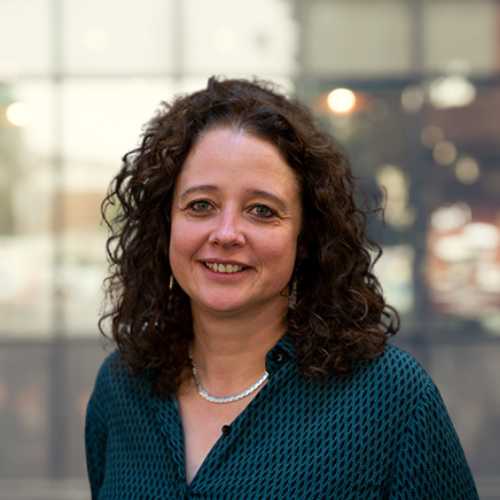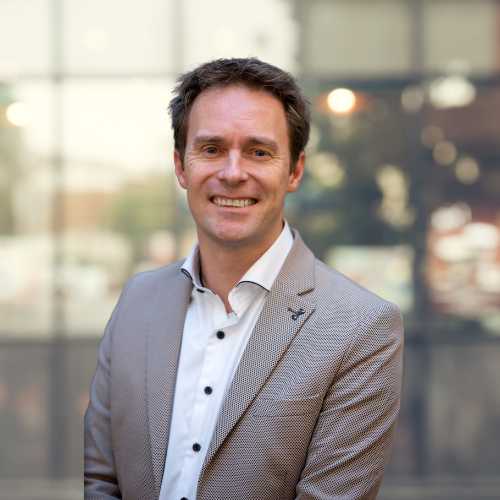Defence, Safety & Security
Safety cannot be taken for granted. That is why we use our knowledge and technology to create innovations for people who are committed to our peace and security. Whether it concerns defense, police, justice and security, business or others. We are the allies of military and security professionals.
Physical and digital security
Safety is about experience and reality. Physical and digital. The threat is changing and is no longer tied to national borders. That is why it is important that we provide our partners with better guidance and preparation than anywhere else in the world.
And from equipment that is always the most modern. Our field of activity moves between land, sea and air. Between cyber and space. We are pushing boundaries worldwide. With science and innovation on the front line.
- Acoustics and sonar
- Chemical, biological, radiological and nuclear protection
- Electronic defence
- Energetic materials
- Explosions, ballistics and protection
- Human behaviour and organisational innovation
- Human machine teaming
- Human performance
- Intelligent autonomous systems
- Intelligent imaging
- Military operations
- Modelling, simulation and gaming
- Networked organisations
- Radar technology
- Resilience and Security
- Strategic defence and security analysis
- Weapon systems
Get inspired
Why is it so important to be a resilient society? And how resilient are we in the Netherlands?


Robotica


Time setter story Marten de Klein on internship
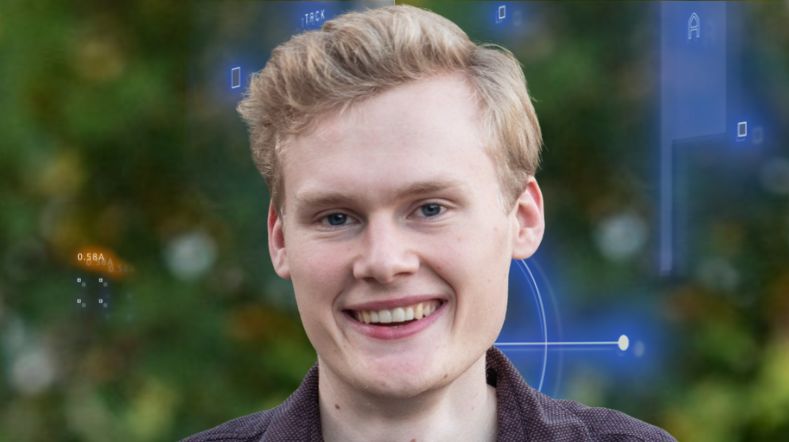

Time setter story Caroline van der Weerdt
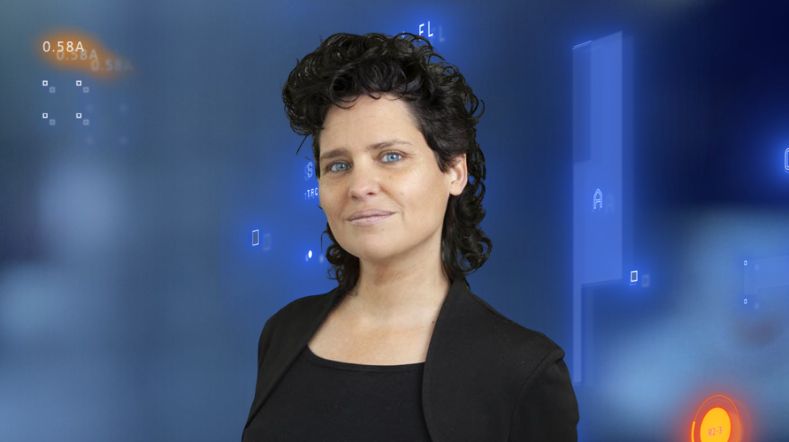

What risks do residents face during an ATM bombing?
